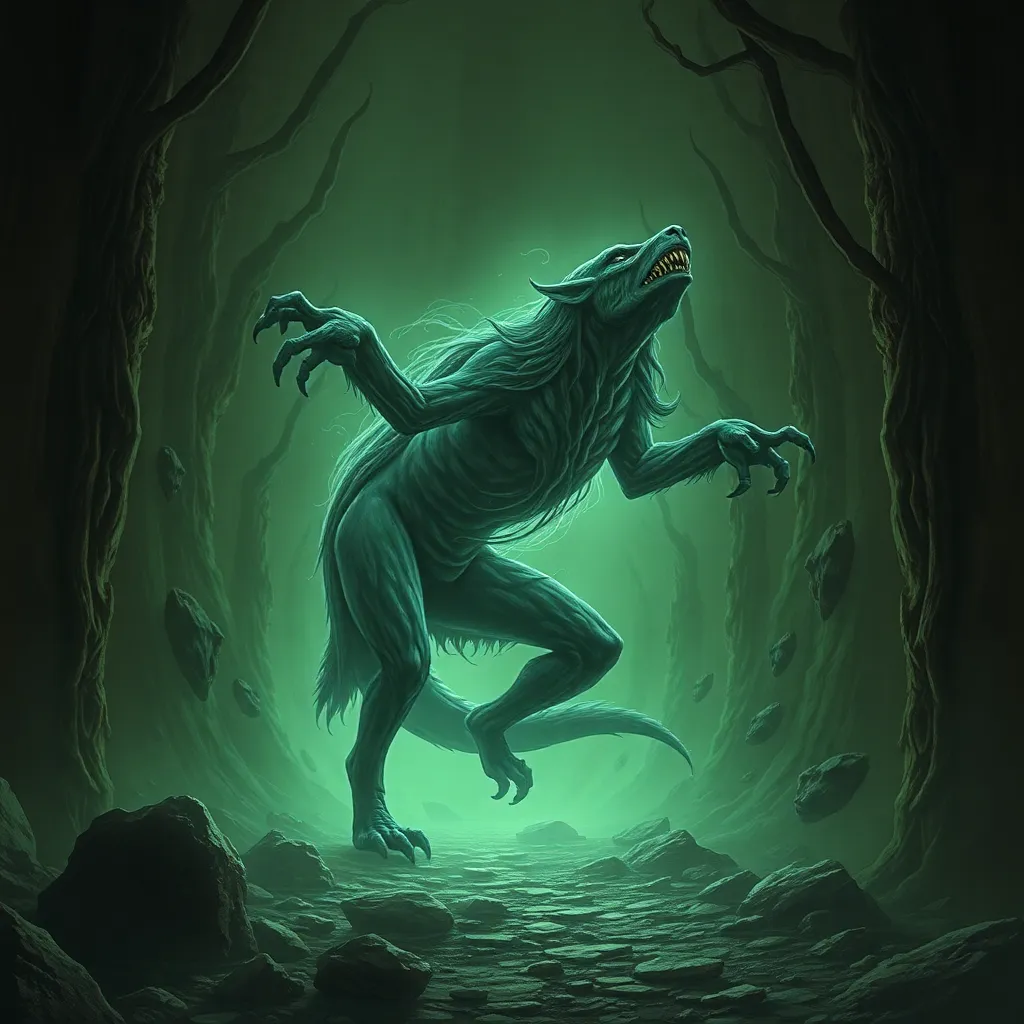I. Introduction
The Harpy, a creature from ancient mythology, is often depicted as a winged spirit with the body of a bird and the face of a woman. Its origins can be traced back to Greek mythology, where Harpies were considered to be the personifications of storm winds. The term ‘Harpies’ comes from the Greek word ‘harpyia,’ meaning ‘to snatch away,’ which reflects their nature of stealing and carrying away people or things.
Throughout history, the Harpy has evolved into a dual symbol representing both female power and nature’s fury. This article aims to explore the cultural significance of the Harpy, delving into its historical context, its representation of women’s empowerment, and its connection to the elemental forces of nature.
II. Historical Context of the Harpy
In ancient Greek mythology, Harpies were often depicted as agents of punishment, tormenting those who had wronged the gods. They were particularly associated with the figure of Phineas, a blind seer who was tormented by the Harpies for his arrogance. Over time, the portrayal of Harpies shifted from malevolent beings to more complex characters.
The Harpy’s image has undergone considerable evolution across different cultures:
- In Roman mythology, they were often depicted as symbols of vengeance.
- In later European folklore, they transformed into more benign or even whimsical figures.
- In some Indigenous cultures, similar creatures embody the fierce and protective aspects of nature.
III. The Harpy as a Representation of Female Power
The Harpy’s characteristics of independence and ferocity make it an intriguing symbol of female power. Unlike other mythological female figures, Harpies are not defined solely by their relationships with men. Instead, they embody a wild, untamed spirit that challenges societal norms.
In contemporary interpretations, the Harpy has emerged as a feminist icon, representing:
- The rejection of traditional female roles.
- The embrace of one’s inner strength and ferocity.
- The celebration of female rage as a form of empowerment.
When compared to other female figures in mythology, such as Medusa or the Furies, the Harpy stands out as a multifaceted representation of women’s power and resilience.
IV. Nature’s Fury: The Harpy as a Symbol of Environmental Forces
The connection between Harpies and natural disasters is deeply embedded in mythology. They were often depicted as storm spirits, reflecting the chaotic and untamed aspects of nature. This representation serves as a reminder of nature’s power and unpredictability.
In modern interpretations, the Harpy’s symbolism has expanded to encompass environmental themes:
- The Harpy is seen as a guardian of the natural world.
- Her fierce nature represents humanity’s struggle against environmental degradation.
- She embodies the consequences of ignoring nature’s balance and the fury it can unleash.
V. The Harpy in Art and Literature
Throughout history, the Harpy has been a popular subject in art and literature. In classical art, Harpies were often depicted in sculptures and paintings, illustrating their dual nature as both beautiful and terrifying. In literature, they have appeared in various works, from ancient texts to modern novels.
In contemporary media, the Harpy has been reimagined in films, books, and visual arts:
- Films often portray Harpies as fierce warriors or protectors of nature.
- Books may explore themes of female empowerment through the lens of the Harpy’s character.
- Visual arts utilize the Harpy’s imagery to challenge traditional gender roles.
This influence has also extended to contemporary feminist art, where the Harpy serves as a powerful symbol of reclamation and resistance.
VI. Psychological Interpretations of the Harpy Archetype
The Harpy can also be viewed through a psychological lens, representing the ‘wild woman’ archetype, a concept introduced by feminist psychologist Clarissa Pinkola Estés. This archetype encompasses the untamed aspects of the female psyche, often associated with creativity, intuition, and inner strength.
Psychologically, the Harpy symbolizes:
- The complexities of female rage and its transformative power.
- The reclamation of female narratives that have been historically marginalized.
- The empowerment that comes from embracing one’s authentic self.
VII. Critiques and Reinterpretations of the Harpy
Despite the empowering narratives surrounding the Harpy, there are critiques of her representation as a negative stereotype of women. Critics argue that the Harpy’s portrayal as a vengeful creature reinforces harmful tropes about female anger and rage.
However, reinterpretations are challenging these traditional views, highlighting the balance between power and fury in modern feminist discourse. Contemporary discussions emphasize the importance of recognizing the Harpy’s complexity, advocating for a nuanced understanding of female power that includes both strength and vulnerability.
VIII. Conclusion
In summary, the Harpy serves as a significant symbol of both female power and nature’s fury. Its rich historical context and evolving portrayal reflect broader cultural attitudes toward women and the environment. As society continues to grapple with issues of gender equality and environmental sustainability, the Harpy remains relevant as a powerful archetype.
Embracing the complexities of the Harpy allows for a deeper appreciation of the intertwined nature of female power and the elemental forces of nature. By reclaiming and reinterpreting this figure, we can foster a richer understanding of women’s roles in both mythology and contemporary society.



